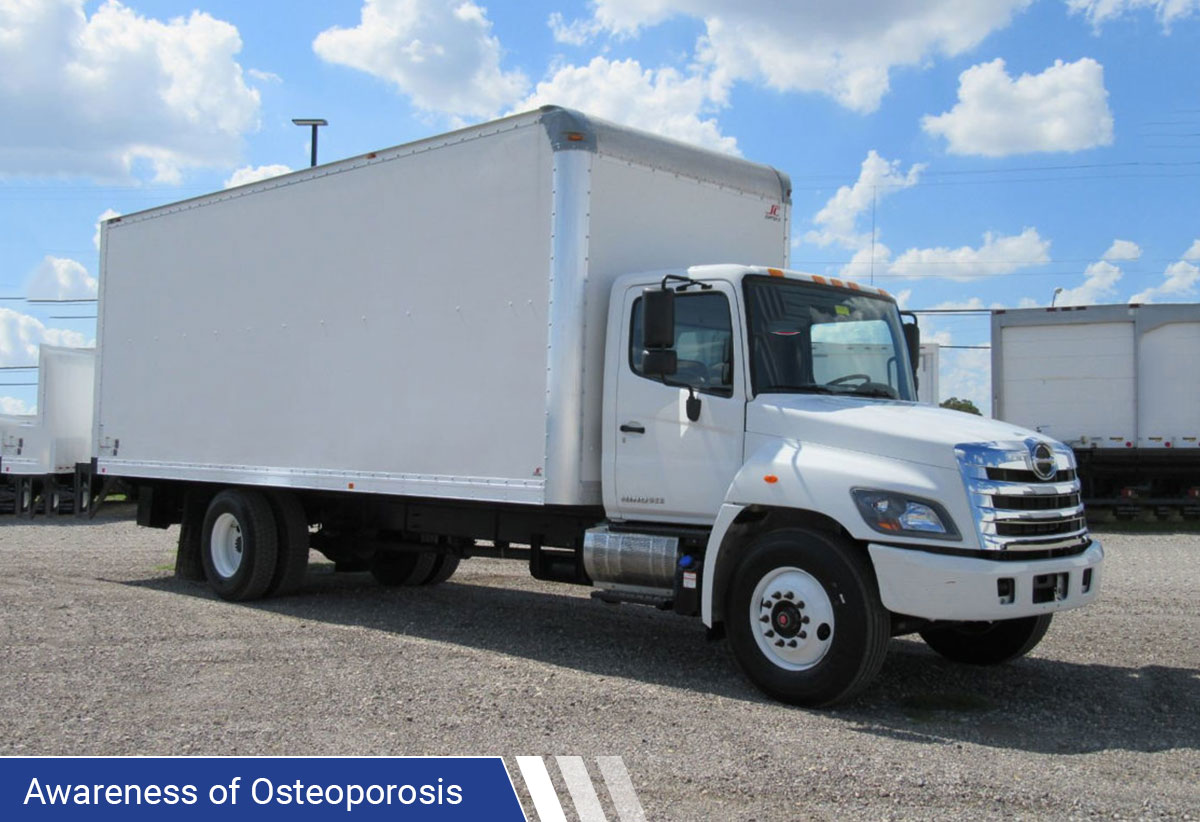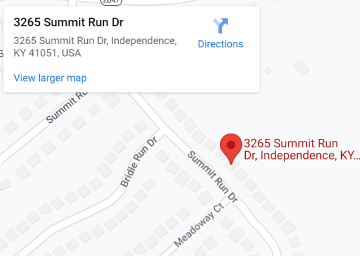Increase the Community Awareness and reduce the Risk of Osteoporosis through Mobile Bone Density Screening

Our Mobile Bone Density Screening Van is designed, equipped, and assembled to provide accurate, reliable and precise screening at your patient’s door step. Our Bone Density Screening Van allows to offer a range of services from a simple test to minor treatment to increase the community awareness and reduce the risk of osteoporosis.
Osteoporosis is a common disease that weakens bones. As bones weaken, risk of sudden and unexpected fractures increases. It is a medical condition in which bones become brittle and fragile from loss of tissue, typically as a result of hormonal changes, or deficiency of calcium or vitamin D. Worldwide, osteoporosis accounts for over nine million fractures annually, resulting in osteoporosis fracture every 3 seconds. Worldwide, 1 in 3 women and 1 in 5 men over age 50 will experience osteoporotic fractures. Over 20% of patients die in the first year following a hip fracture. Women are more susceptible to bone fractures compared with men. It is projected that by the year 2050, more than 50% of all osteoporotic hip fractures will occur in Asia. This issue is insurmountable in the rural, underserved and remote region population in India and China. Inadequate nutrition in the rural population may also contribute to the osteopenia and osteoporosis.
Osteoporosis awareness education can help parents and children to make good choices about their diet which can provide calcium. In order to build and maintain strong bones, heart, muscles and nerves also need calcium to function properly. Calcium and vitamin D benefits not only bones but also provide protection against cancer, diabetes and high blood pressure. It is important to know that calcium helps with healthy bones, muscles, teeth, heart and prevents blood clotting. Adults need 700 mg of calcium from their regular diet. Calcium supplements up to 1,500 mg is beneficial but more than that can cause stomach pain and diarrhea. Regular exercise, weight lifting and balance exercise 3 to 5 days a week can also maintain strong bones. The top ten vitamin D sources include sunlight, cod liver oil, sardine, salmon, mackerel, tuna, raw milk, caviar, eggs and mushrooms.
Bone density scanning is an augmented form of x-ray technology that is utilized to measure bone loss. Bone densitometry, also called dual-energy x-ray absorptiometry (DEXA), uses a very small dose of ionizing radiation to create pictures of the lower spine and hips to measure bone loss. It is generally used to diagnose osteoporosis and to evaluate the risk for developing bone fractures. DEXA is the most precise method of diagnosing osteoporosis. Advanced peripheral bone densitometry is the most valuable quality assurance program asset for hospitals, elderly nursing facilities and Mobile Bone Density Van clinics. DEXA is a compact unit, transportable and offers quick assessment of bone density. Bone density results are graphically represented with full color measurement report for comparison to reference population.
Mobile Bone Density Screening Vans are ideally suited to increase the community awareness and reduce the risk of osteoporosis for major metropolises, nursing homes, senior living facilities, rural population, underserved and remote area citizens. Our Mobile Bone Density Screening Van is designed, equipped with DEXA* and assembled to provide accurate, reliable and precise screening of the patients at their door steps. *(DUAL ENERGY X-RAY ABSORPTIOMETRY).
Click here for features, benefits and pictures of Mobile density Van
Click here for a quotation

 SUBSCRIBE TO OUR BLOG
SUBSCRIBE TO OUR BLOG
